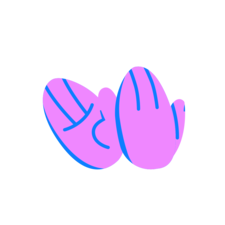Install Steam
login
|
language
简体中文 (Simplified Chinese)
繁體中文 (Traditional Chinese)
日本語 (Japanese)
한국어 (Korean)
ไทย (Thai)
Български (Bulgarian)
Čeština (Czech)
Dansk (Danish)
Deutsch (German)
Español - España (Spanish - Spain)
Español - Latinoamérica (Spanish - Latin America)
Ελληνικά (Greek)
Français (French)
Italiano (Italian)
Bahasa Indonesia (Indonesian)
Magyar (Hungarian)
Nederlands (Dutch)
Norsk (Norwegian)
Polski (Polish)
Português (Portuguese - Portugal)
Português - Brasil (Portuguese - Brazil)
Română (Romanian)
Русский (Russian)
Suomi (Finnish)
Svenska (Swedish)
Türkçe (Turkish)
Tiếng Việt (Vietnamese)
Українська (Ukrainian)
Report a translation problem


















Actually trying to follow replenishing stategy when trying to get 10 000 000 from explorer rank improved my score significally. I think i will get it in an hour.
The game generates everything at random except few things:
Next rank doors - when oplaying explorer i noticed that rank first increases when my score is 2.6 millions so i prepare 2 keys/clean all the keys and use skull key instead to prepare for enemies
Bosses - bosses appear at some fixed places too, so they are also predictable.
Other things are random.
However, opening 4 chests and 2 doors in a row means that next event will probably be enemy unless you are very (un)lucky, so it is a good idea to clear items is locks/enemies appear in a row.
60% of time i am able to guess what next things is yet i am dumbfully slow gamer so cant get last achievement (get 10.. at explorer rank)